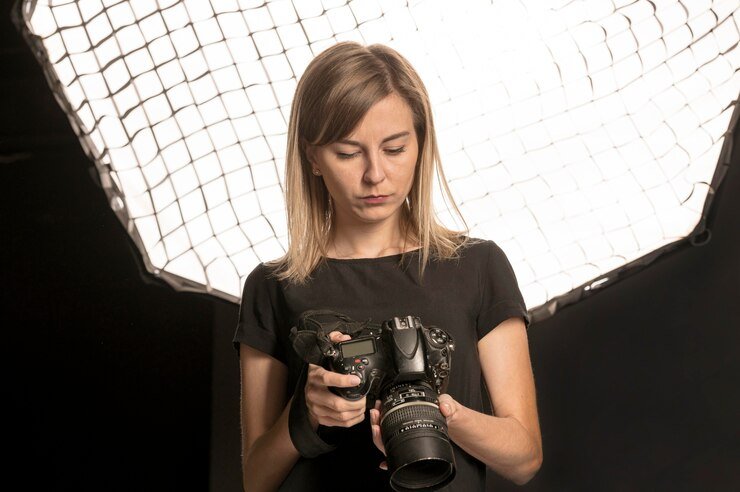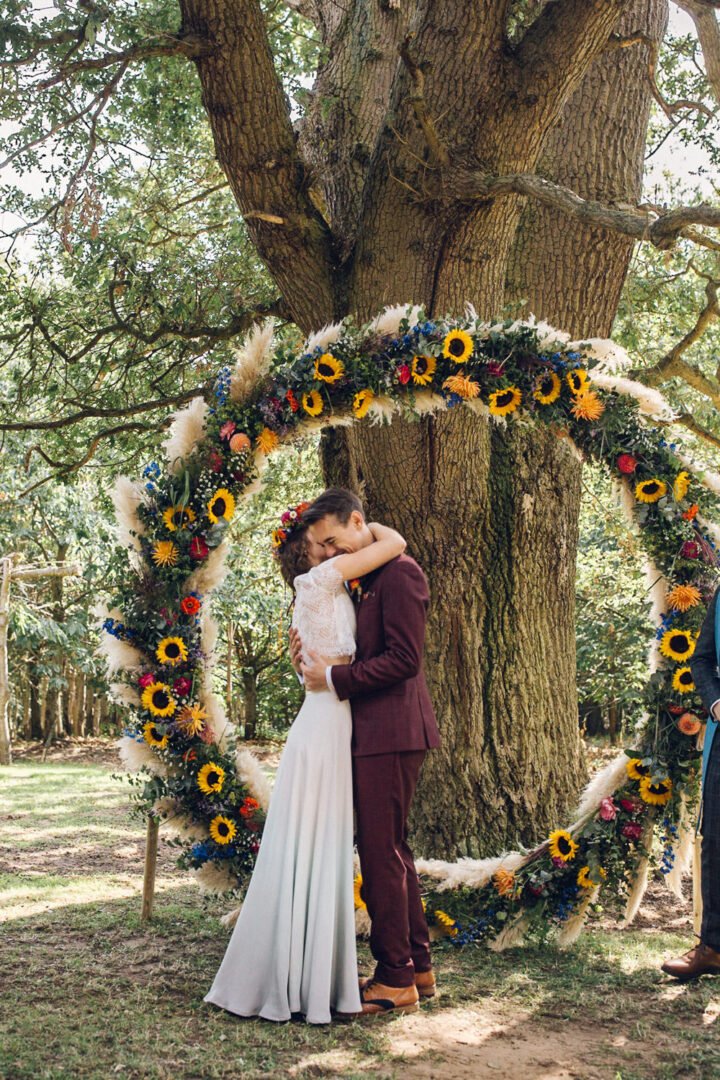Welcome to thebestphotostudio! In this article, we will delve into newborn photography techniques that will help you capture those precious early moments with your little ones. From lighting and posing to equipment tips, we’ll guide you through the essentials of creating stunning newborn photos.
5 Essential Newborn Photography Techniques for Perfect Shots
1. Use Natural Light: One of the most important techniques in newborn photography is to use natural light. Position your subject near a window or use soft daylight from a large window for beautifully lit photos.
2. Keep Baby Comfortable: It’s crucial to ensure the baby is comfortable throughout the photoshoot. Use gentle props and soft fabrics, and keep the room warm to prevent the baby from getting cold.
3. Patience is Key: Newborns can be unpredictable, so it’s essential to have patience during the shoot. Take breaks when needed, and be prepared to work around the baby’s schedule.
4. Focus on Details: Don’t overlook the tiny details of a newborn, such as their tiny fingers, toes, and eyelashes. Capturing these details can result in stunning and memorable shots.
5. Capture Emotions: Lastly, don’t forget to capture the emotions and connections between the baby and their family members. These candid moments can often make for the most touching and meaningful photographs.
10 Common Photography Mistakes Beginners Make // Photo Pro
Forget the Rule of Thirds, do this instead…
What are the best settings for newborn photography?
When it comes to newborn photography, it’s important to consider a few key settings to ensure you capture beautiful and high-quality images. Here are some best settings for newborn photography:
1. Aperture: Use a wide aperture (low f-stop number) to create a shallow depth of field, which will help to isolate the baby and create a soft, blurry background. A range between f/2.8 and f/4 is commonly used.
2. Shutter Speed: To prevent motion blur, use a fast shutter speed, especially when photographing a newborn who may move unexpectedly. Aim for a shutter speed of at least 1/200 to freeze any subtle movements.
3. ISO: Keep your ISO as low as possible to minimize noise in the image. Start with a low ISO around 100-400 and adjust as needed based on the available light in your shooting environment.
4. White Balance: Set your white balance to match the lighting conditions in which you are shooting. You can choose presets like daylight, shade, or custom white balance to ensure accurate color reproduction.
5. Focusing: Use a single-point autofocus mode to ensure precise focus on the baby’s eyes, which are often the focal point in newborn photography. Take your time to focus accurately before capturing the shot.
6. Composition: Pay attention to the composition of your images, focusing on capturing the delicate features and expressions of the newborn. Utilize soft natural light, simple backgrounds, and props sparingly to keep the focus on the baby.
Remember that each photography session is unique, so don’t be afraid to experiment with different settings and techniques to find what works best for you and your style of newborn photography.
What skills are required to become a newborn photographer?
To become a successful newborn photographer, there are several important skills that are necessary:
1. Patience: Newborn photography often requires waiting for the baby to be in the right position or mood for the perfect shot.
2. Creativity: Being able to come up with unique and beautiful poses, setups, and compositions is essential in newborn photography.
3. Safety awareness: Handling newborn babies requires a high level of caution and attention to ensure their safety throughout the session.
4. Photography techniques: Understanding lighting, composition, and camera settings is crucial for capturing high-quality newborn photos.
5. Interpersonal skills: Working with newborns and their parents requires strong communication skills and the ability to make clients feel comfortable and at ease.
6. Post-processing skills: Editing newborn photos to perfection is an important part of the job, so proficiency in photo editing software is a must.
7. Knowledge of newborn behavior: Understanding the behavior and needs of newborn babies can help anticipate when they might need a break or a feeding during the session.
By developing and honing these skills, you can become a successful newborn photographer who creates beautiful and memorable images for your clients.
How are newborn photos taken by photographers?
Newborn photos are typically taken by photographers in a controlled studio environment. The process involves creating a safe and comfortable setting for the baby, often using props and accessories to enhance the composition of the photographs. Photographers must be skilled in handling newborns delicately and patiently, as they may need to pose the baby in various positions while ensuring their safety at all times. Lighting plays a crucial role in capturing the soft and dreamy aesthetic commonly associated with newborn photography. Overall, the process requires a combination of technical expertise, creativity, and a deep understanding of newborn behavior to capture beautiful and memorable images.
How to capture images of a newborn?
To capture images of a newborn in Newborn Photography, it’s essential to create a safe and comfortable environment for the baby. Here are some tips to help you get the best shots:
1. Use natural light: Position the baby near a window or in a well-lit room to take advantage of soft, natural light. Avoid harsh overhead lighting or direct sunlight.
2. Keep the baby warm: Newborns are sensitive to temperature changes, so make sure the room is comfortably warm. Use swaddling blankets or wraps to keep the baby cozy during the photoshoot.
3. Focus on details: Capture close-up shots of the baby’s tiny fingers, toes, eyelashes, and lips to highlight their unique features.
4. Get down to their level: To capture intimate and captivating shots, try positioning yourself at the same eye level as the baby. This helps you establish a connection and capture genuine expressions.
5. Incorporate props: Use soft blankets, wraps, headbands, hats, baskets, and other props to add variety and interest to your newborn photos. Just make sure they are safe and comfortable for the baby.
6. Be patient: Newborns can be unpredictable, so be prepared to take breaks and allow time for feeding, diaper changes, and soothing the baby if needed. Patience is key to capturing beautiful and authentic moments.
7. Focus on safety: Always prioritize the baby’s safety during the photoshoot. Never force them into uncomfortable poses or use unsafe props. Consider using a spotter or assistant to help support the baby during posing.
Remember, newborn photography requires patience, creativity, and a gentle touch. By following these tips and techniques, you can create precious memories that families will cherish for years to come.
Frequent Questions
What are some safety measures to keep in mind when practicing newborn photography techniques?
Some safety measures to keep in mind when practicing newborn photography techniques include: always supporting the baby’s head and neck, using spotters for any poses that require the baby to be elevated, ensuring the room is comfortably warm, avoiding harsh lighting that could startle the baby, and never leaving the baby unattended on elevated surfaces.
How can different lighting setups enhance the quality of newborn photos?
Different lighting setups can enhance the quality of newborn photos by creating soft and gentle light that highlights the baby’s features, minimizing harsh shadows. Additionally, using natural light can give a warm and ethereal look to the photos, while artificial lighting allows for more control and consistency in the lighting.
What are some recommended camera settings for capturing detailed and beautiful newborn portraits?
A wide aperture (around f/2.8-f/4), low ISO (around 100-400), and fast shutter speed (around 1/200) are recommended camera settings for capturing detailed and beautiful newborn portraits in Newborn Photography.
In conclusion, mastering newborn photography techniques is essential for capturing beautiful and timeless images of newborns. By focusing on safety, preparation, posing, lighting, and post-processing, photographers can create stunning portraits that families will cherish for a lifetime. Remember, practice makes perfect, so keep experimenting and refining your skills to grow as a Newborn Photography artist. Happy shooting!







